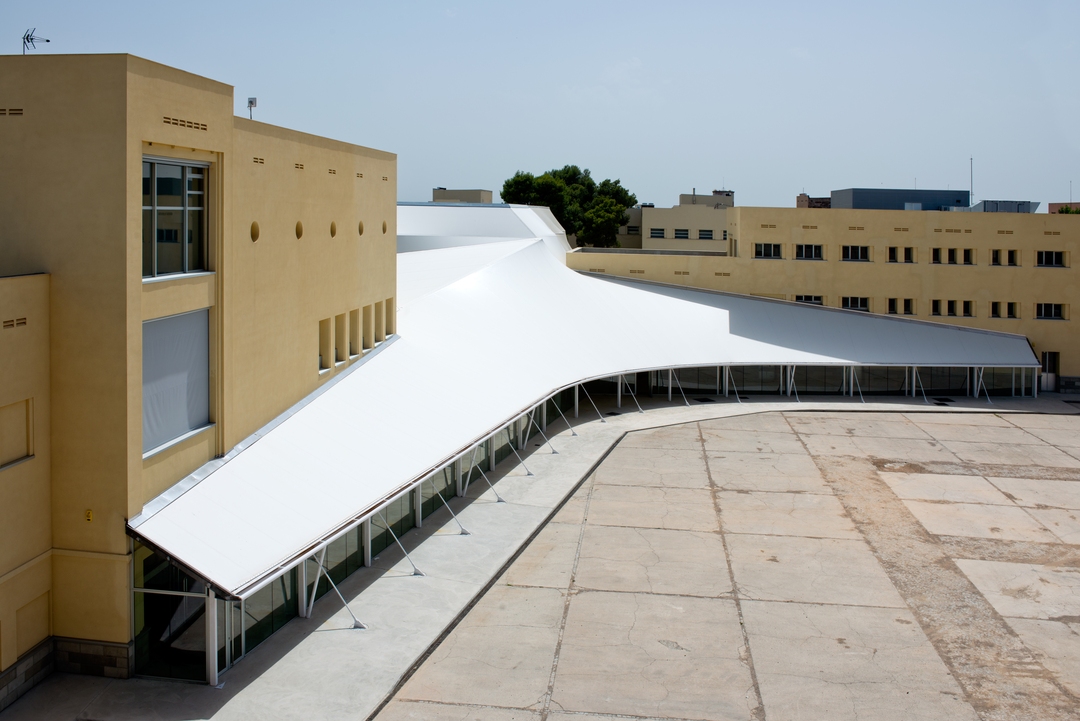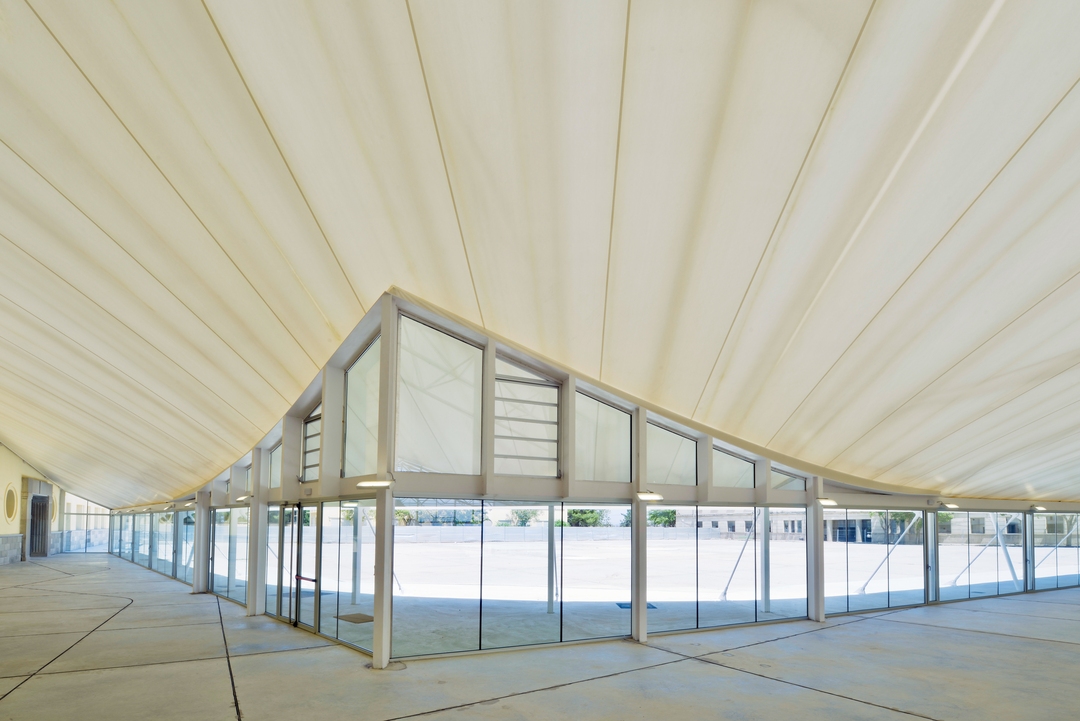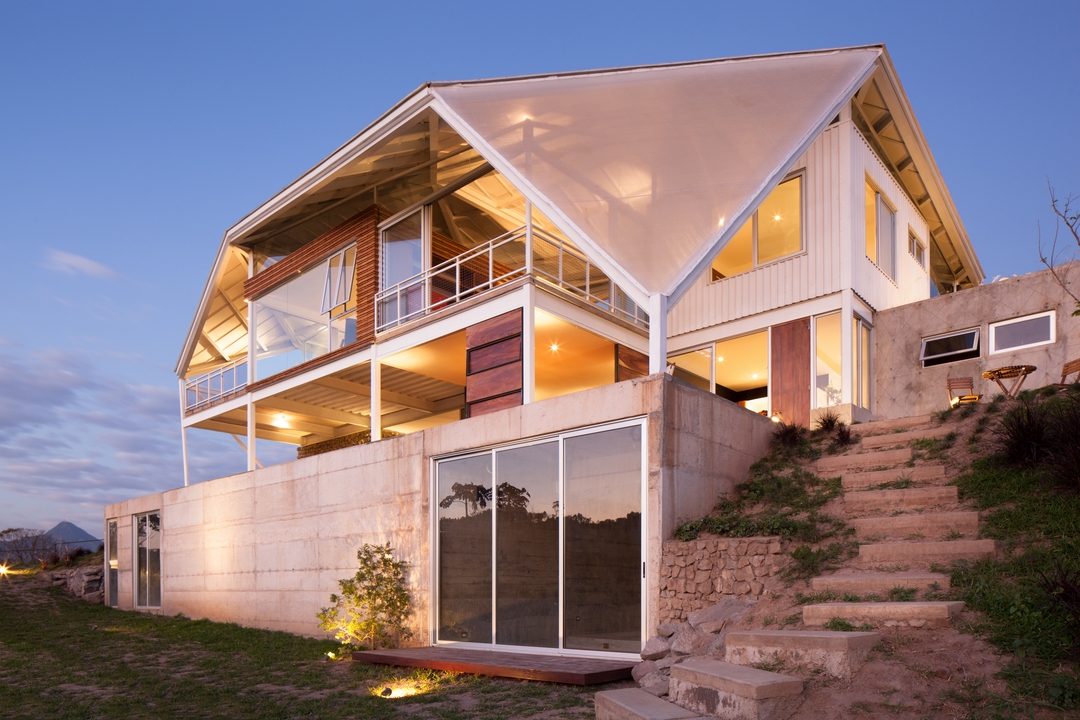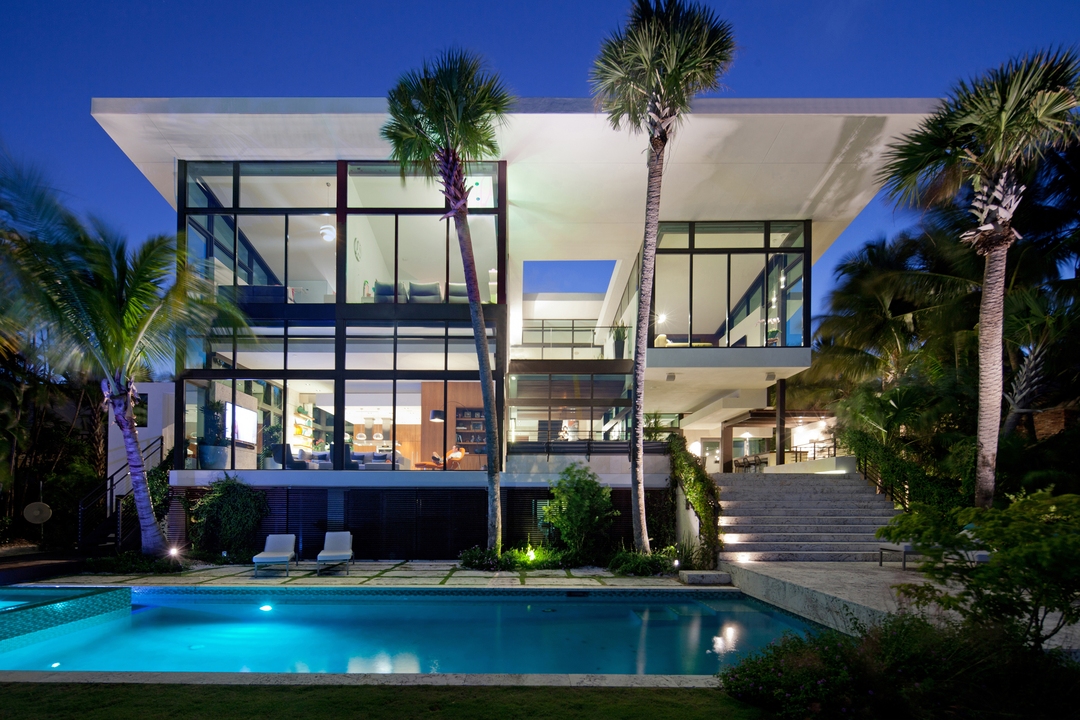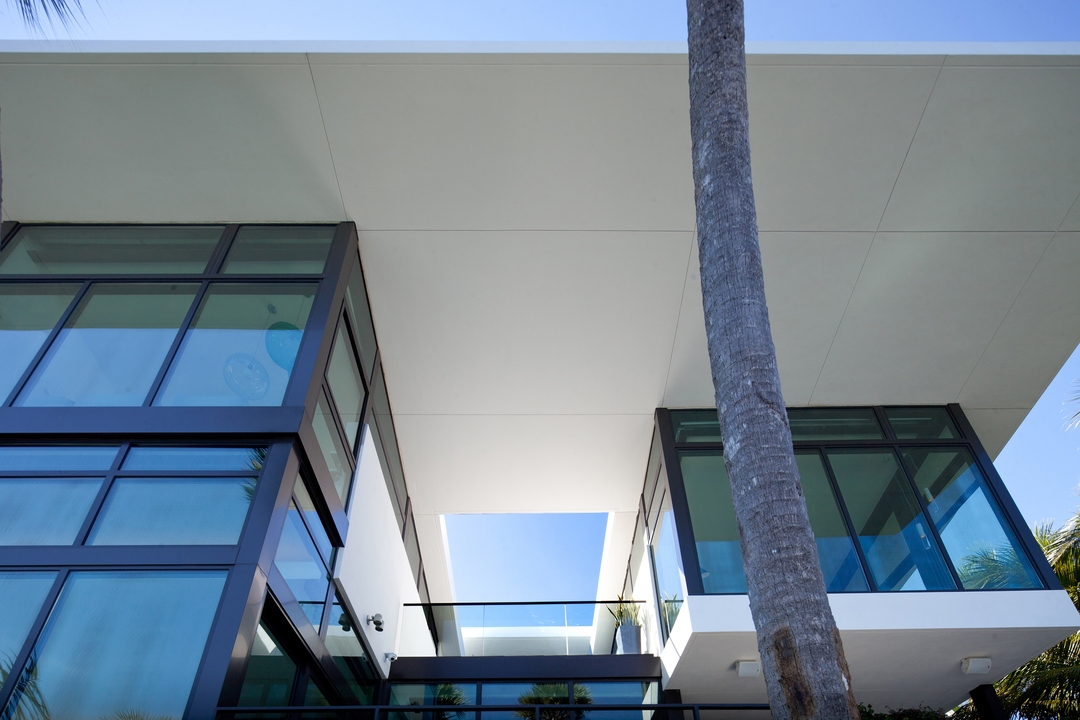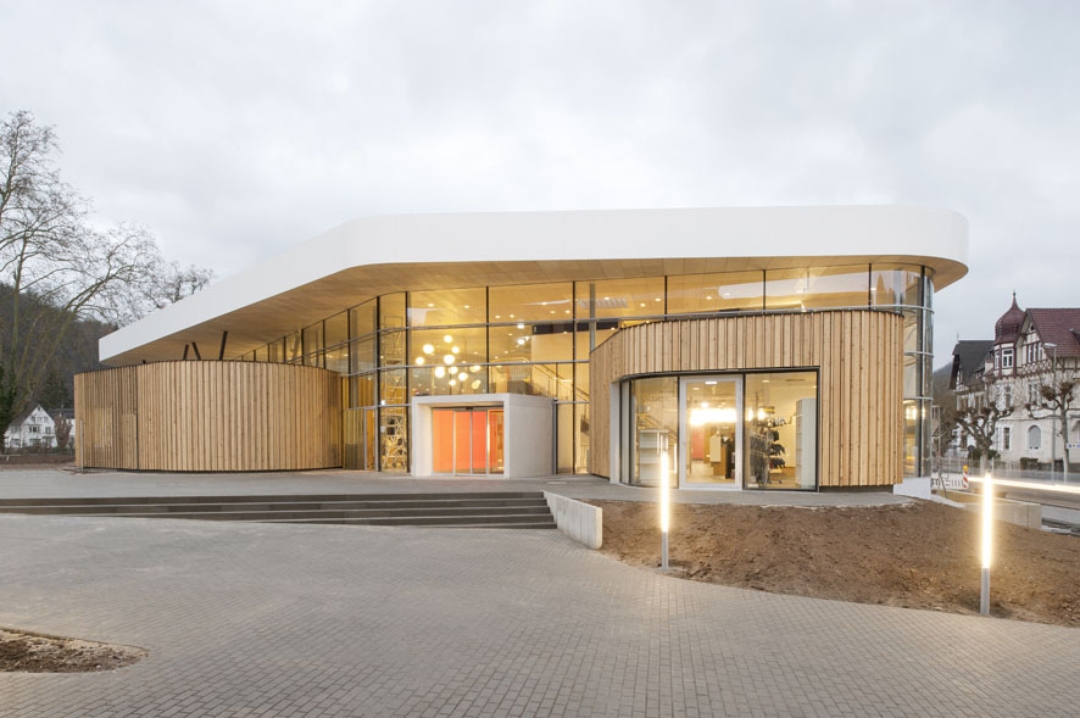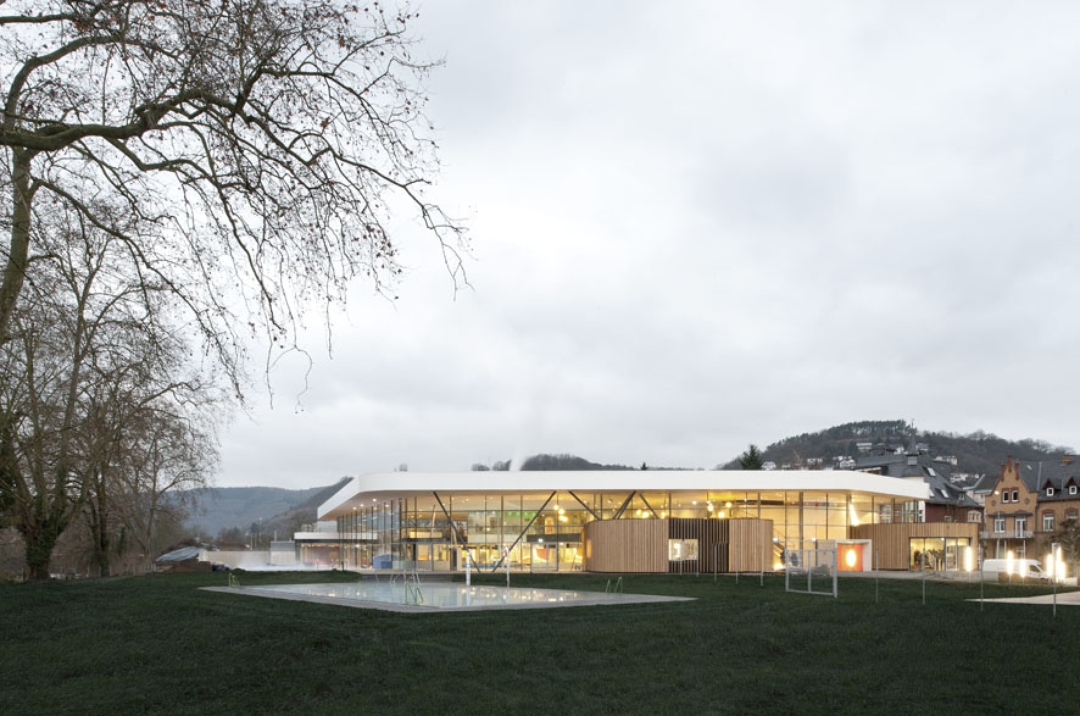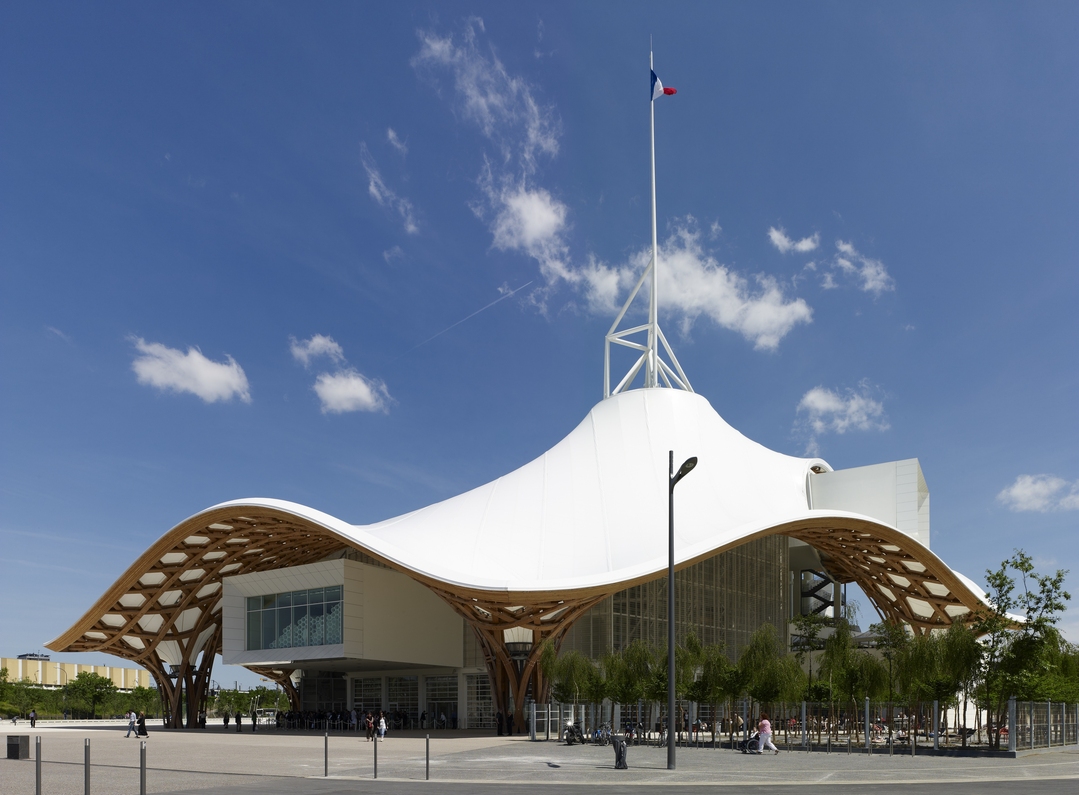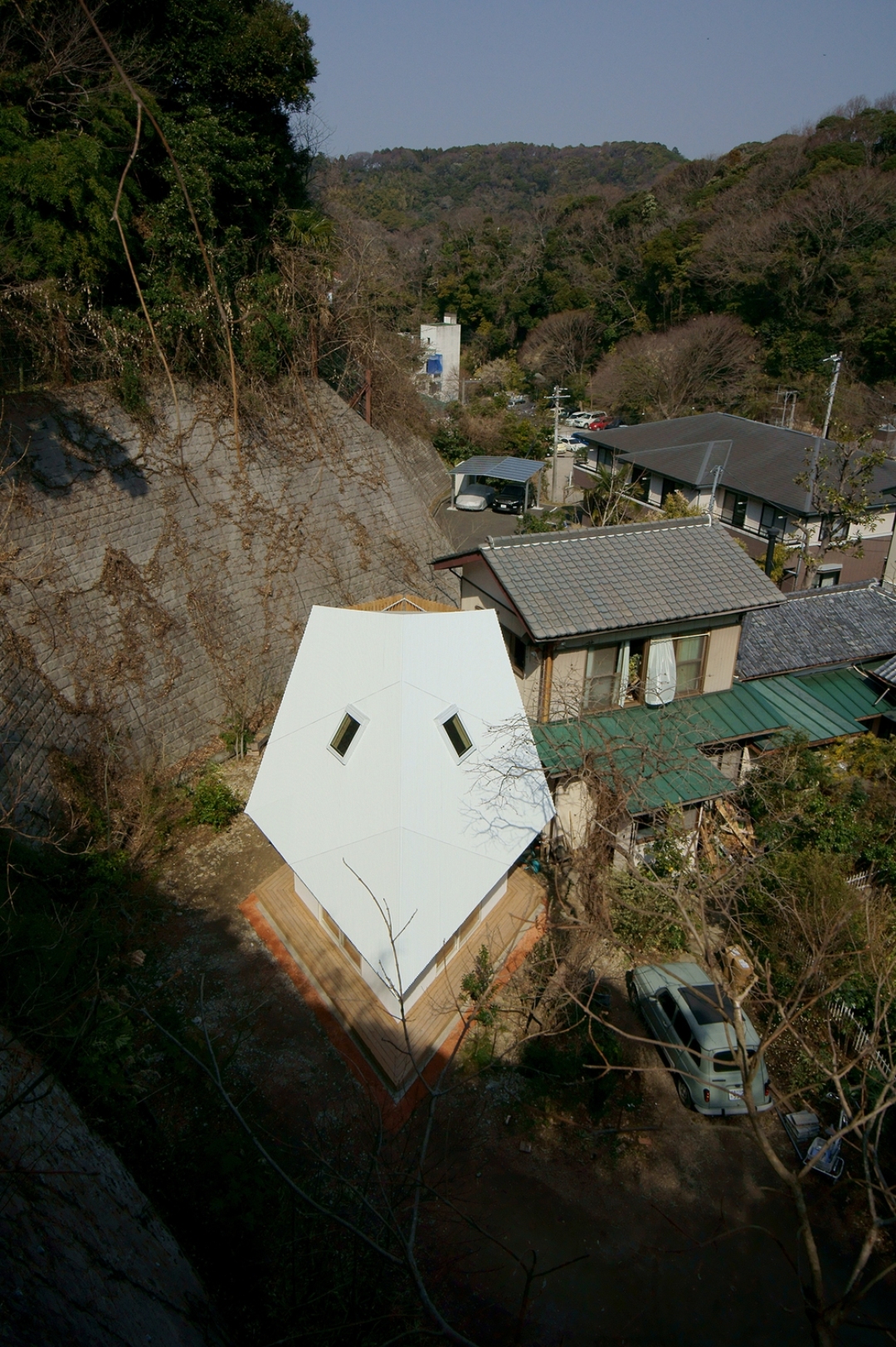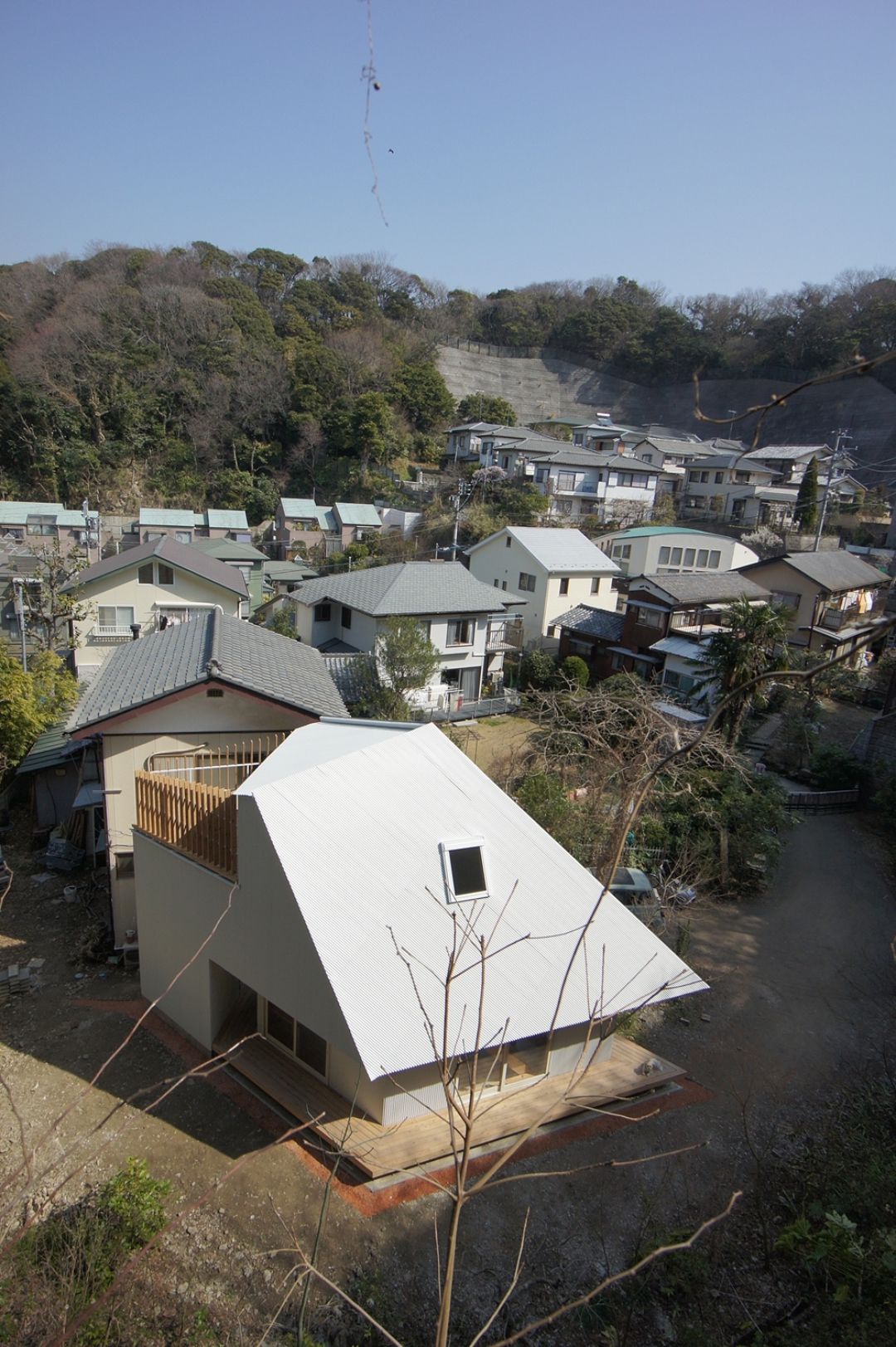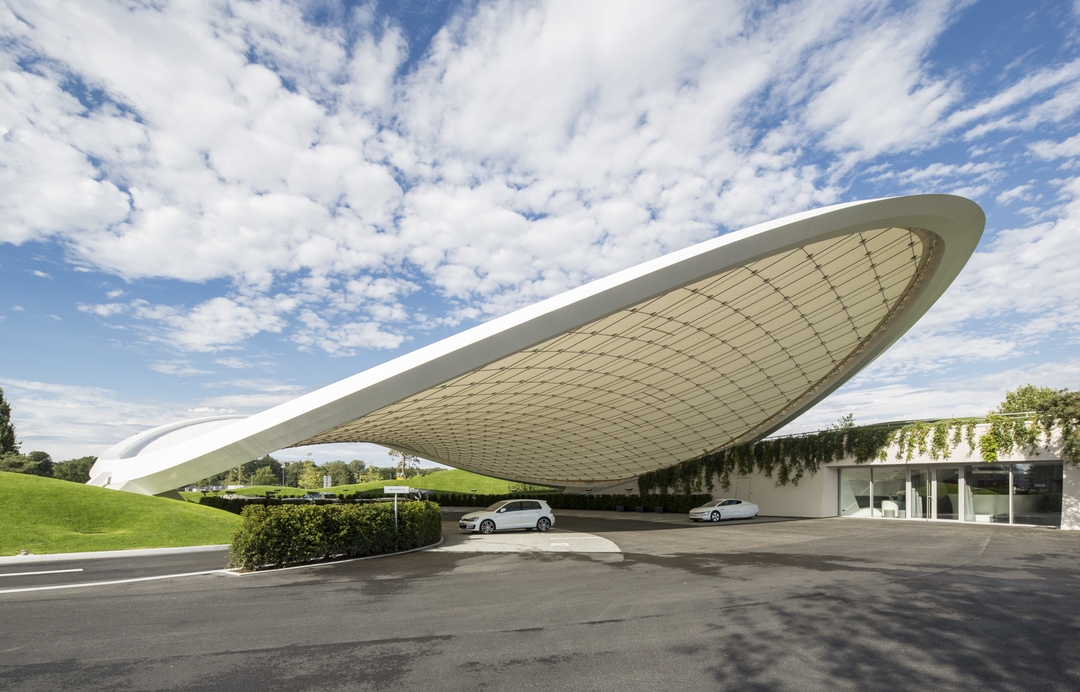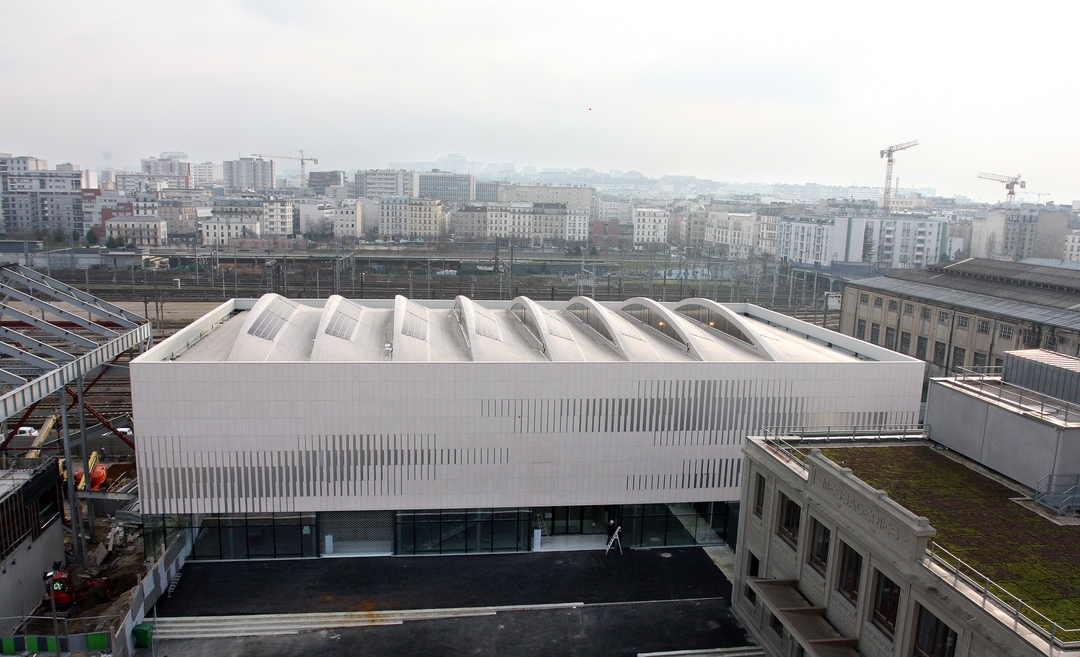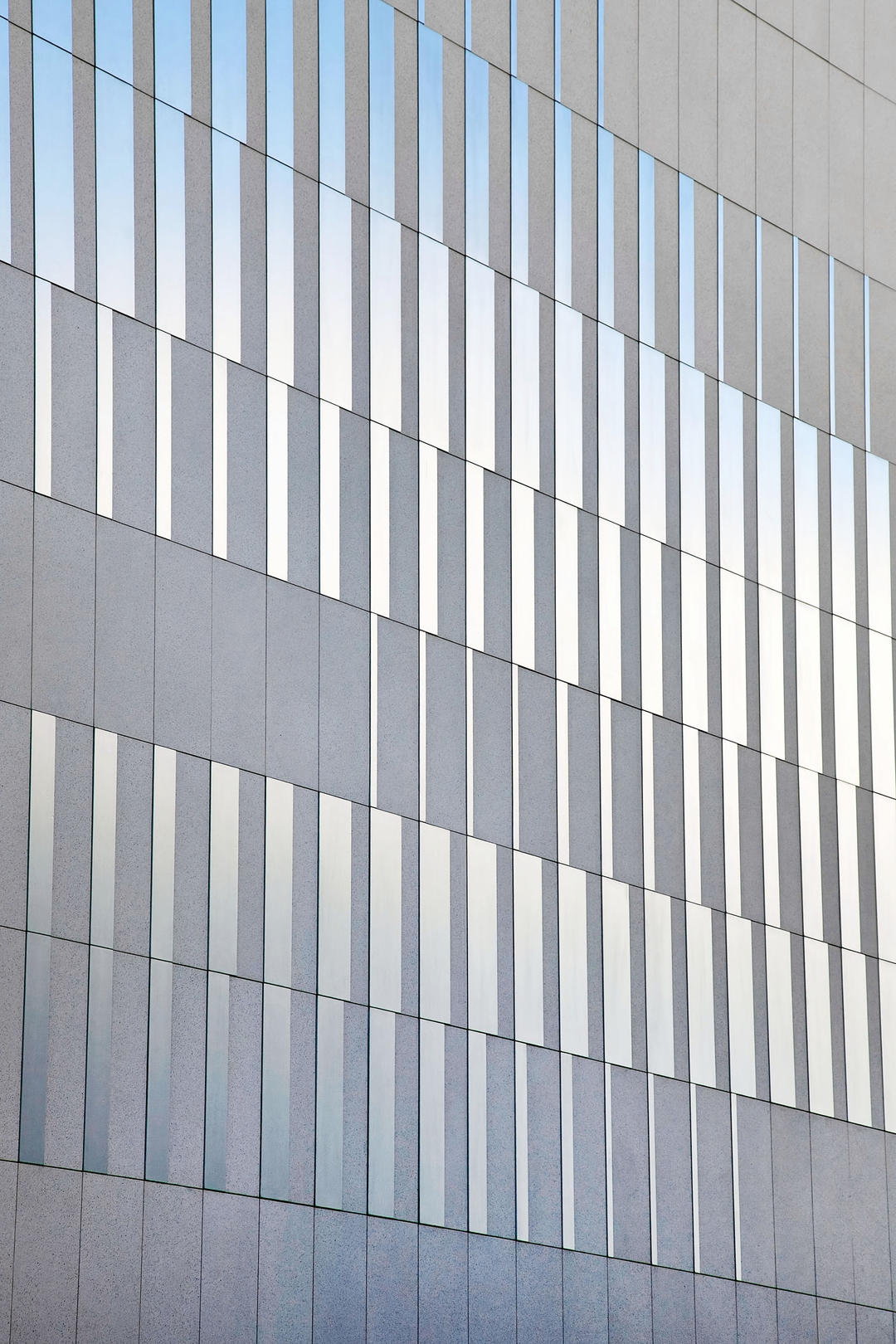Understanding Future Uses of Roofspace and Defining An Early Path to Profitable Roof Estate Investing
February 5th, 2014
Via Architizer, an article on white versus green roofs:
Over the last decade, green roofs—that is, rooftops planted with living vegetation—have been touted for their environmentally friendly benefits. But while they certainly help prevent rainwater runoff and provide extra insulation, a new study shows that the sustainable rooftop garden might not be the best solution for fighting climate change.
Indeed, if you want to save energy and the earth, you should probably paint your roof blanc. A recent report published in the Energy and Buildings Journal found that white roofs are three times more effective than either green or black ones in combatting climate change. That’s because they reflect sunlight back into the atmosphere instead of absorbing it, and therefore reduce interior temperatures of the rooms below.
In light of these new findings, we hope to see more buildings crowned in white. Until then, check out these projects in our database with white rooftops.
“Magical” Science and Technology Park by PichArchitects, Lleida, Spain
Like a boomerang, this sweeping white roof extends from the main structure to send excessive solar rays back into the atmosphere, preventing heat buildup inside the home.
La Piscucha by cincopatasalgato, San Salvador
In addition to integrated sustainable building practices—including floor-to-ceiling windows for natural light and cross-ventilation, water treatment for rainwater, and solar panels—this house in San Salvador features a white roof that was designed to give the house a “ready to fly” feel.
Coral Gables House by Touzet Studio Architecture and Design, Miami
Not only does this smooth white stucco roof satisfy the client’s desire for a “soaring” structure, it also shades interior rooms from the region’s harsh sunlight, all while paying tribute to Miami’s sleek style.
Thermal Baths in Bad Ems by 4a Architekten GmbH, Bad Ems, Germany
A shallow, white roof gives health enthusiasts another reason to pamper themselves at the striking thermal baths in Bad Ems, Germany.
Centre Pompidou Metz by Shigeru Ban Architects + Dean Maltz Architect, Metz, France
When designing the new branch of the Pompidou Centre in Metz, Shigeru Ban found inspiration for the voluminous roof in a Chinese hat he found in a Parisian antique shop. Ban designed a hexagonal structure of bamboo to create the roof, which he covered in a white material that lends a billowing surface that also reflects sunlight.
Armadillo by Yuji Tanabe Architects, Kamakura, Japan
The namesake of the Armadillo house comes from the structure’s feeling of being armored from the elements—including the sun! Bonus: The distinct white roof also resembles the animal’s head.
Autostadt Roof and Service Pavilion by GRAFT, Wolfsburg, Germany
GRAFT’s sweeping design for a service pavilion roof acts like a solar parasol that protects waiting customers from sunlight. It’s also a bold design gesture.
Pajol Sports Centre by Brisac Gonzalez Architects, Paris
Along with photovoltaic cells and recycled materials, the Pajol Sports Centre’s gradient white façade and sculpted roof work together to create an overall sustainable structure that prevents heat buildup.
This entry was posted on Wednesday, February 5th, 2014 at 12:21 pm and is filed under Uncategorized. You can follow any responses to this entry through the RSS 2.0 feed. You can leave a response, or trackback from your own site.
Leave a Reply
You must be logged in to post a comment.
Educated at Yale University (Bachelor of Arts - History) and Harvard (Master in Public Policy - International Development), Monty Simus has held a lifelong interest in environmental and conservation issues, primarily as they relate to freshwater scarcity, renewable energy, and national park policy. Working from a water-scarce base in Las Vegas with his wife and son, he is the founder of Water Politics, an organization dedicated to the identification and analysis of geopolitical water issues arising from the world’s growing and vast water deficits, and is also a co-founder of SmartMarkets, an eco-preneurial venture that applies web 2.0 technology and online social networking innovations to motivate energy & water conservation. He previously worked for an independent power producer in Central Asia; co-authored an article appearing in the Summer 2010 issue of the Tulane Environmental Law Journal, titled: “The Water Ethic: The Inexorable Birth Of A Certain Alienable Right”; and authored an article appearing in the inaugural issue of Johns Hopkins University's Global Water Magazine in July 2010 titled: “H2Own: The Water Ethic and an Equitable Market for the Exchange of Individual Water Efficiency Credits.”
